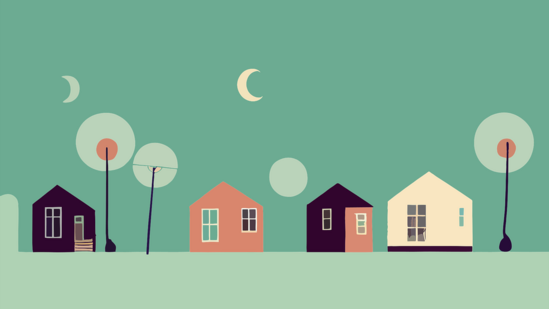The Union Cabinet has approved the Pradhan Mantri Awas Yojana-Urban (PMAY-U) 2.0, with the aim of constructing 1 crore houses, while also focusing on equity among different segments of the populations.
Also Read: Newly proposed nomination rule for bank lockers and deposits, check details
What is the PMAY-U 2.0 scheme?
The scheme is aimed to give financial support to the middle class as well as impoverished urban families for building, buying, or renting reasonably priced urban homes.
Who will benefit from the PMAY-U 2.0 scheme?
“Special attention will be given to marginalized groups, including slum dwellers, SC/STs, minorities, widows, persons with disabilities, and other underprivileged sections of society. Additionally, groups like Safai Karmi, street vendors, artisans, anganwadi workers, and residents of slums/chawls will receive focused support under this scheme,” according to the PM India website.
What is the eligibility to avail the PMAY-U 2.0 scheme?
The PMAY-U 2.0 scheme can be availed by families who belong to the Economically Weaker Section (EWS), Low Income Group (LIG), and Middle Income Group (MIG) segments and do not currently own a pucca house anywhere throughout the country.
The eligible income criteria are as follows:
- EWS households with an annual income up to ₹3 lakh.
- LIG households with an annual income between ₹3-6 lakh.
- MIG households with an annual income between ₹6-9 lakh.
The scheme plans to address the affordable housing requirement in urban areas through the following verticals, according to the PM India website.
1. Beneficiary-Led Construction (BLC): Under this vertical, financial assistance will be provided to individual eligible families belonging to EWS categories to construct new houses on their own available vacant land. In case of landless beneficiaries, land rights (pattas)may be provided by States/UTs.
2. Affordable Housing in Partnership (AHP): Under AHP, financial assistance will be provided to EWS beneficiaries for owning houses being built with different partnerships by States/UTs/ Cities/Public/Private agencies.
• Redeemable Housing Vouchers will be given to beneficiaries who purchase house from private projects.States/UTs/ULB shall whitelist the private sector projects complying with all the necessary norms
• An additional Grant in the form of Technology Innovation Grant (TIG) @ ₹1000 per sqm/unit shall be provided to AHP Projects using innovative construction technologies
Also Read: Vijay Kedia mocks Hindenburg report with a poem: ‘Blackmail plan falls apart’
3. Affordable Rental Housing (ARH): This vertical will create adequate rental housing for working women/industrial workers/ urban migrants/homeless/destitute /studentsand other eligible beneficiaries. ARH shall ensure affordable and hygienic living spaces for urban dwellers who do not want to own a house but require housing for short term basis or those who do not have the financial capability to construct/buy a house.
Interest Subsidy Scheme (ISS)
Up to a 4% interest subsidy on the first ₹8 lakh loan for a maximum duration of 12 years can be availed by recipients who can take loans up to ₹25 lakh, with a property worth up to ₹35 lakh.
The eligible beneficiaries will receive a maximum subsidy of ₹1.80 lakh, paid in five-year installments. Beneficiaries can access their accounts through smart cards, websites, or OTPs.
